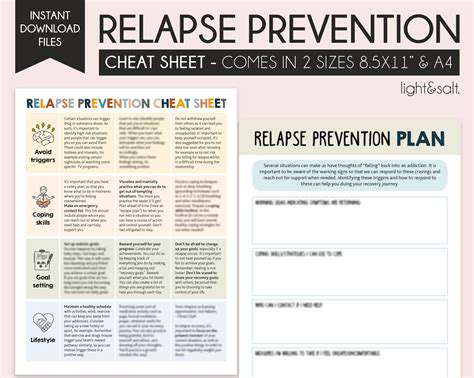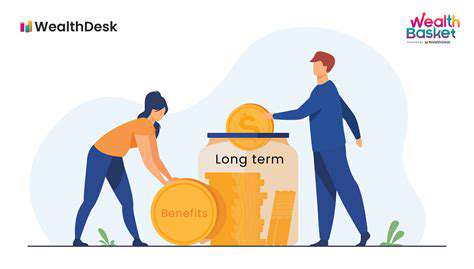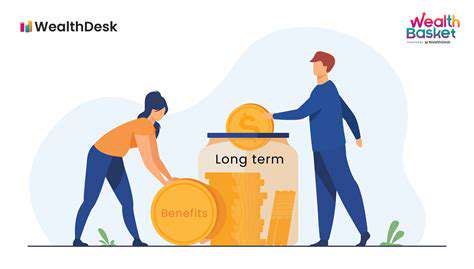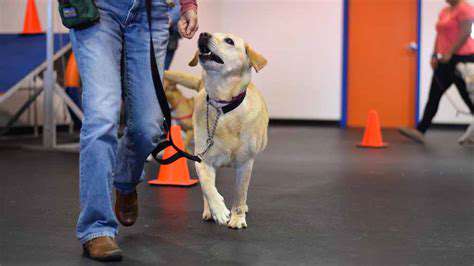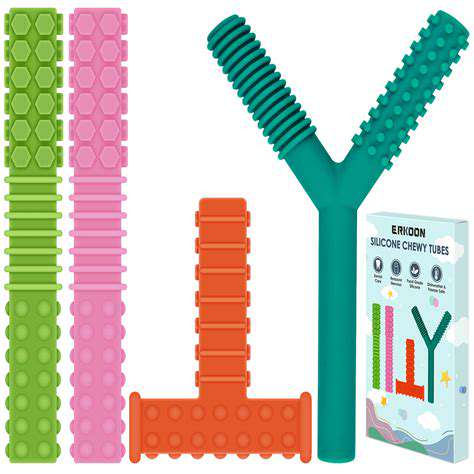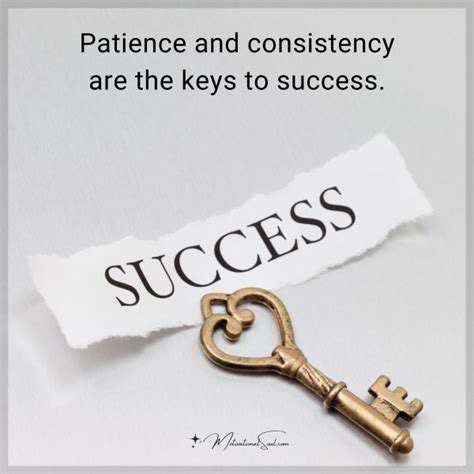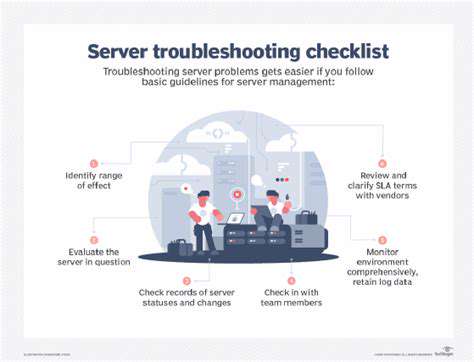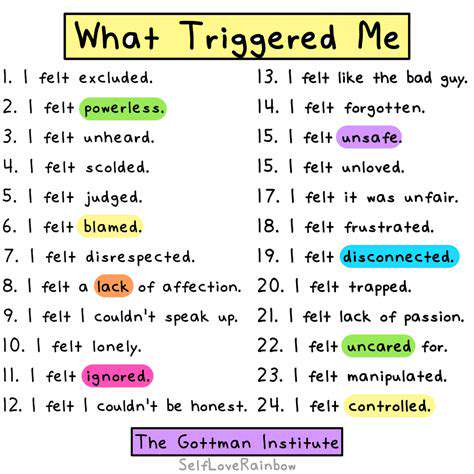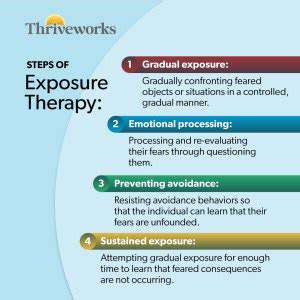Taking Your Puppy to the Vet: Positive Socialization Strategies
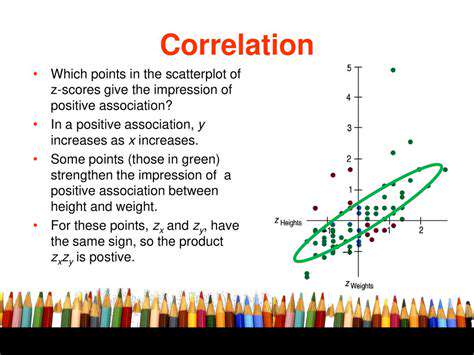
Pre-Vet Visit Preparation
Preparing your puppy for a visit to the veterinarian is crucial for a smooth and stress-free experience for both you and your furry friend. This involves more than just gathering their vaccination records; it's about creating a positive association with the vet's office. Familiarizing your puppy with the sights, sounds, and smells of the vet's office in advance can significantly reduce anxiety during the actual visit. This can be achieved by taking short, supervised visits to the vet's waiting room, allowing your puppy to sniff around and get used to the environment.
Before the appointment, ensure you have all necessary documents and information readily available. This includes your puppy's vaccination records, any relevant health history, and a list of any current medications or supplements they are taking. Having these readily available will allow the vet to efficiently and accurately assess your puppy's health needs and ensure a comprehensive examination. This meticulous preparation contributes to a more productive and informed consultation, aiding in the overall well-being of your pet.
Consider bringing a familiar blanket or toy to the vet's office to provide comfort and security during the visit. A familiar scent can help ease anxiety and promote a sense of calmness. This small gesture can make a world of difference in your puppy's comfort level during the examination process. Remember, a relaxed puppy is a more cooperative puppy, ultimately leading to a more effective and less stressful visit for everyone involved.
Traveling to the Vet
Transporting your puppy to the vet's office should be done as calmly and smoothly as possible. Avoid sudden movements or loud noises that could startle or frighten your puppy. A comfortable carrier is essential; it should be large enough for your puppy to stand up, turn around, and lie down comfortably without feeling cramped. A well-fitted carrier will help keep your puppy secure and prevent any injuries during the journey to the vet's office.
The key to a smooth trip is preparation, and this includes ensuring your puppy is comfortable in the carrier. Practice getting your puppy into and out of the carrier at home to familiarize them with it. This will make the actual trip to the vet far less stressful for them. Consider using treats or positive reinforcement techniques to make the carrier association positive.
Keeping your puppy calm during the car ride is also very important. Avoid distractions or loud music that might overstimulate them. Staying relaxed yourself will set a calm tone for your puppy, which is crucial for reducing anxiety during the journey. Keep the car ride short and sweet, aiming to minimize the stress your puppy experiences.
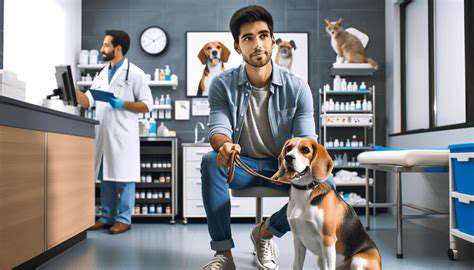
Following Up After the Vet Visit: Reinforcing the Positive Experience
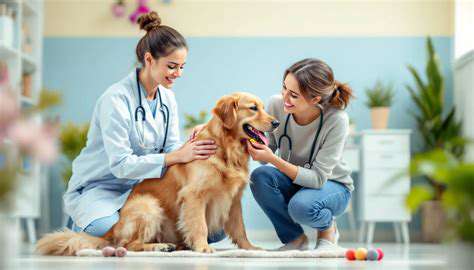
Post-Visit Care Instructions
Receiving a diagnosis or treatment plan from your veterinarian can feel overwhelming, but Understanding the post-visit care instructions is crucial for your pet's speedy recovery and overall well-being. Thoroughly reviewing these instructions ensures you're providing the best possible care at home. Following these instructions diligently can make a significant difference in your pet's recovery process, and it's important to maintain open communication with your veterinarian if you have any questions or concerns.
Many post-visit instructions are tailored to the specific situation and treatment. This includes medication schedules, dietary restrictions, activity limitations, and wound care procedures. These directions are critical to preventing complications and ensuring the effectiveness of any treatments administered.
Medication Administration
Administering medication correctly is paramount to achieving the desired therapeutic effects. Understanding the dosage, frequency, and route of administration is essential. Always refer to the veterinarian's instructions or the medication label for precise details. Ensure the medication is stored safely and securely, out of reach of children and pets.
If your pet exhibits any unusual reactions, such as vomiting, lethargy, or loss of appetite, contact your veterinarian immediately. These potential side effects need prompt attention to minimize any adverse consequences.
Dietary Considerations
Dietary changes can play a significant role in your pet's recovery or ongoing health management. Your veterinarian may recommend specific diets based on the diagnosis and treatment plan. These diets are often formulated to meet specific nutritional needs and support the body's healing process.
Activity Restrictions
Rest and recovery are vital components of healing. Your veterinarian may recommend limiting your pet's activity level to allow the body to heal properly. This often involves restricting running, jumping, or strenuous play, and ensuring the pet has a comfortable and safe space to rest. Proper rest is crucial for a successful recovery and minimizing the risk of further injury.
Monitoring for Complications
Regularly monitoring your pet for any signs of complications is essential. This includes watching for changes in appetite, energy levels, breathing patterns, and any unusual behaviors. Recognizing these subtle changes can help you identify potential issues early on, allowing for prompt veterinary intervention if necessary. Keep a detailed record of your observations for your veterinarian's review.
Wound Care (if applicable)
If your pet has a wound, proper wound care is critical for healing and preventing infection. Follow the veterinarian's specific instructions on cleaning, bandaging, and monitoring the wound. This may include using specific antiseptic solutions or applying dressings as directed. Be sure to follow all instructions meticulously to promote healing and minimize the risk of complications.
Follow-up Appointments
Scheduling follow-up appointments as recommended by your veterinarian is essential for monitoring progress and addressing any concerns. These appointments provide an opportunity for your veterinarian to assess the healing process and make any necessary adjustments to the treatment plan. Regular check-ups are vital to ensure optimal recovery and long-term health. This also allows for early detection of any potential complications or emerging issues.
Read more about Taking Your Puppy to the Vet: Positive Socialization Strategies
Hot Recommendations
- The Impact of Early Socialization on a Dog's Interaction with Other Animals
- Car Travel and Puppy Socialization: Making the Journey a Positive Experience
- The Importance of Early Environmental Exposure for Puppy Development
- Taking Your Puppy to the Vet: Positive Socialization Strategies
- Making Training a Positive Experience for Your Puppy
- Public Transportation and Puppy Socialization: A Step by Step Guide
- Safe Socialization: Allowing Others to Pet Your Puppy
- Helping a Puppy Who Struggles with "Stay"
- Positive Puppy Interactions: Making Meetings with New Friends Fun
- No Treats Needed? Training Basic Commands with Verbal Praise
